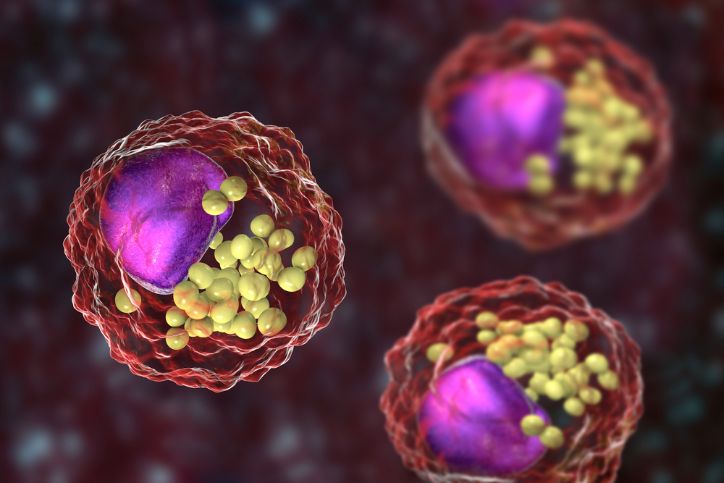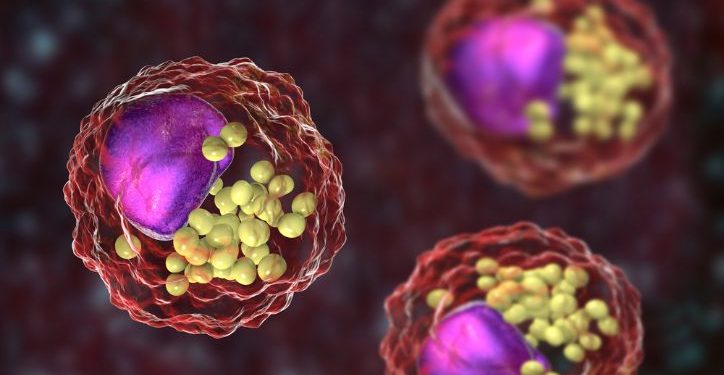The body makes millions of blood cells each day, most in the bone marrow, the spongy interior of bones where immature stem cells develop into lymphoid and myeloid blood cell types. In AML, the leukemia cells grow quickly and overwhelm the normal blood cells, causing them to be destroyed. The disease may be acute (occurring suddenly) or chronic (developing over time). People can have different subtypes of AML, and survival rates vary depending on the type and age of a person.
The cause of AML is not always known, but it can be caused by certain things, such as exposure to radiation or chemotherapy medicines used to treat other cancers. It can also be genetic or result from chromosomal abnormalities. People with certain chromosomal abnormalities, such as FLT3-ITD or NPM1 mutations, have a worse prognosis than those without them.
Acute myeloid leukemia can be cured with several treatment options, including chemotherapy, targeted therapy, or stem cell transplantation. Your healthcare team will discuss these options with you and help you make a decision about which one is best for you.
When starting treatment, it is important to get into complete remission as quickly as possible. This means that your blood counts return to normal and pathologists can’t see any cancer cells in your bone marrow sample when examined under a microscope. Getting into remission will help keep the leukemia from coming back after treatment.

Your healthcare team will give you chemotherapy medicines at a high dose to kill the cancer cells in your blood and bone marrow. This first phase of treatment is called induction therapy. You will have this treatment in the hospital so you can be watched closely by doctors and nurses.
The next phase of treatment is consolidation therapy, which is given after the leukemia goes into remission. The goal of consolidation therapy is to destroy any remaining leukemia cells that could grow and cause the leukemia to relapse. You will have this treatment in the hospital or a cancer center to be sure you can receive the highest quality of care.
During and after treatment, you’ll have blood tests to check for the number of healthy blood cells in your body. You will need blood transfusions if your red blood cell count is low and you cannot get enough blood from your own body. You will also need to take antibiotics to prevent infection.
Researchers are constantly searching for better ways to treat AML. New medicines and treatment combinations are being tested in clinical trials. Talk with your healthcare team to find out if there are any clinical trials that may be right for you.









